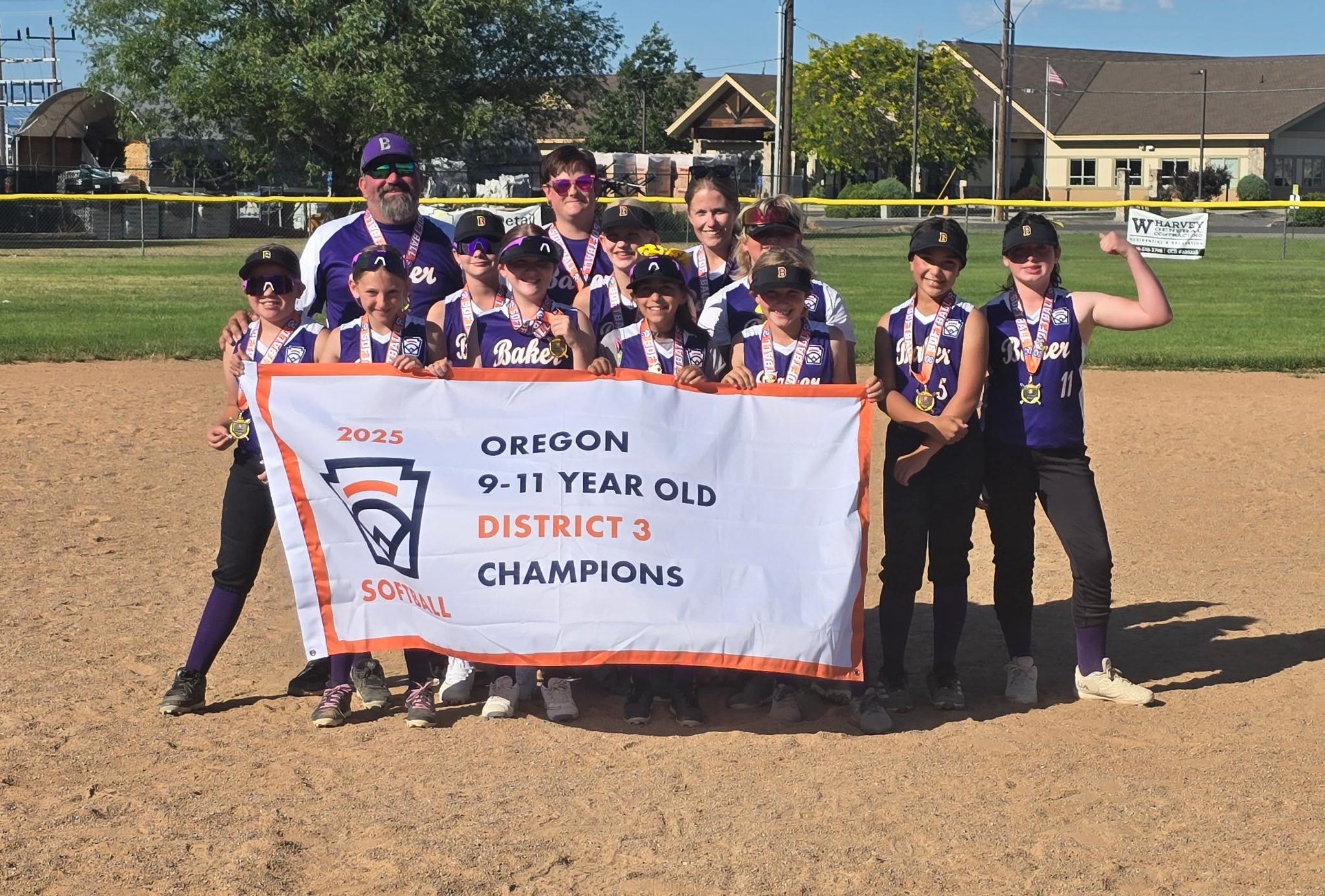COLUMN: Schools are the heart of small towns
Published 12:15 pm Friday, March 24, 2023
I stood in a hallway at Jordan Valley High School and the weight of history was palpable.
But also comforting, as though a friend’s hand were resting softly on my shoulder.
The story of this place, in the ION country (near where Oregon, Idaho and Nevada share a border), lay all about.
In the trophy cases crammed with awards from volleyball tournaments in Unity and basketball in Baker City and other sports in other small towns scattered about the sparsely inhabited eastern third of Oregon.
In the wooden floors, a style of construction that probably hasn’t been used since the 1960s, the honey-hued boards polished until they glowed in the bright late winter sunlight.
With each step the boards creaked, that pleasant sound that speaks to the passage of the decades and of so many feet (a good many, no doubt, clad in cowboy boots, for this is cattle country).
But the most poignant chapters of this story are the photographs.
There are dozens, dating to 1947, one for each graduating class, placed on the walls above the trophy cases and the lockers and the classroom doors and the posters announcing FFA and sports and clubs.
Jordan Valley has never been a big place. Its population peaked at 473 in the 1980 census, when a big silver and gold mine was running in the Owyhee Mountains to the east, and has since dipped to 130.
And although the high school brings in students who live on ranches 40 or more miles away, its modest enrollment reflects the scarcity of people in this loneliest corner of the state.
Most classes had between a dozen and 20 graduates.
Some years, fewer than 10 donned a cap and gown.
This affords Jordan Valley High School a luxury that’s not feasible in larger schools, even ones such as Baker, where class sizes are tiny compared with urban schools in Portland or Salem or Boise, but where as many students matriculate in an average year as do so in a decade at Jordan Valley.
Each class has its own frame, with a photo of every graduating Mustang big enough that the smiles are obvious even from a dozen feet away.
I strolled along the hallway, taking in these pictures, these windows that perhaps reveal more than any other artifacts about what Jordan Valley has been, and is.
I chuckled to myself about the vast differences in attire as I made my slow way down the hall and through the years and the decades.
The boys’ suits and thin dark ties from the 1950s and 1960s, which gave way, for some years in the 1970s and early ’80s to garish tuxedos complete with bow ties bigger than a boutonniere.
But not as big as the girls’ hair from the late 1980s.
(Jordan Valley is closer to Boise than Baker City is, so hairspray was obviously easy to acquire.)
I looked at the photos of the graduates, and at the photos of the football and basketball teams, and I imagined the cheers of the crowds on so many fall afternoons when the willows along Jordan Creek blazed with color, and winter nights when the frigid wind whipped snow between the sagebrush.
And as I looked it seemed to me that this hallway — these photographs and these trophies — constitute the focal point of the community.
Its true heart.
The place where the generations come together.
The students and their teachers and their parents and grandparents.
As with any town, but especially with isolated ones such as Jordan Valley, a handful of last names spanned the eras, rarely absent for more than a few years in a row.
As I gazed at the older photos, at the north end of the hallway, I felt both the fascination that comes with pondering the passage of time and the unique sadness.
I wondered how many of these graduates stayed in Jordan Valley and how many did not.
How many have passed on.
And of those, how many haven’t been looked at with love, from family or friend, for decades, their time here no longer remembered, a connection severed for all time.
But this maudlin interlude was brief.
Because I’m certain that many of these photos play quite happier roles. I imagined a student pausing for a moment to look at a parent’s or grandparent’s face up there on the wall, so familiar and yet so strange in its youth, to laugh at the hairstyles, to try to fathom mom or dad walking on these same smooth boards.
Indeed it was a pleasant reason that had brought me here for the first time.
(To the school, that is. I have driven through Jordan Valley many times, and even spent a night there once.)
My son, Max, was participating in an Oregon Battle of the Books regional competition.
And when the organizer gave us a tour of the school, showing us the restrooms, and the kitchen where the free lunch would be served, she mentioned that Jordan Valley’s prom was scheduled that evening, in the “old” gym.
(A newer gym sits just to the north.)
There were a few posters in the hallway advertising the prom.
The poster bore the slogan “viva Las Vegas,” but the theme wasn’t gambling or extravagant shows.
It was NFR — National Finals Rodeo, which takes place each December in Las Vegas. Cowboy attire was encouraged.
We left hours before the prom.
But I smiled as I thought about the kids arriving in their western finery, the echo of cowboy boots as they walked down that hall between the trophies and the class photos, the newest chapters in a long and rich story.







